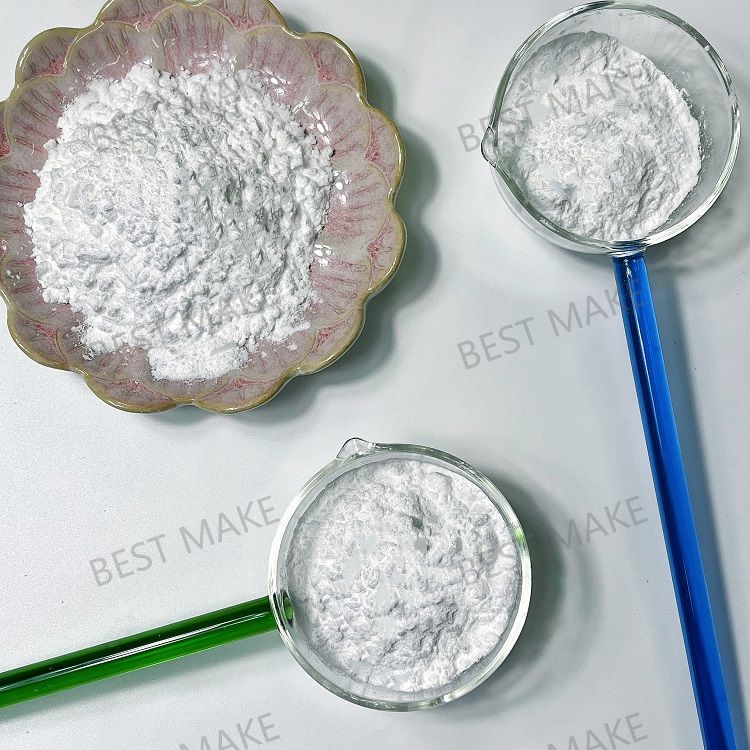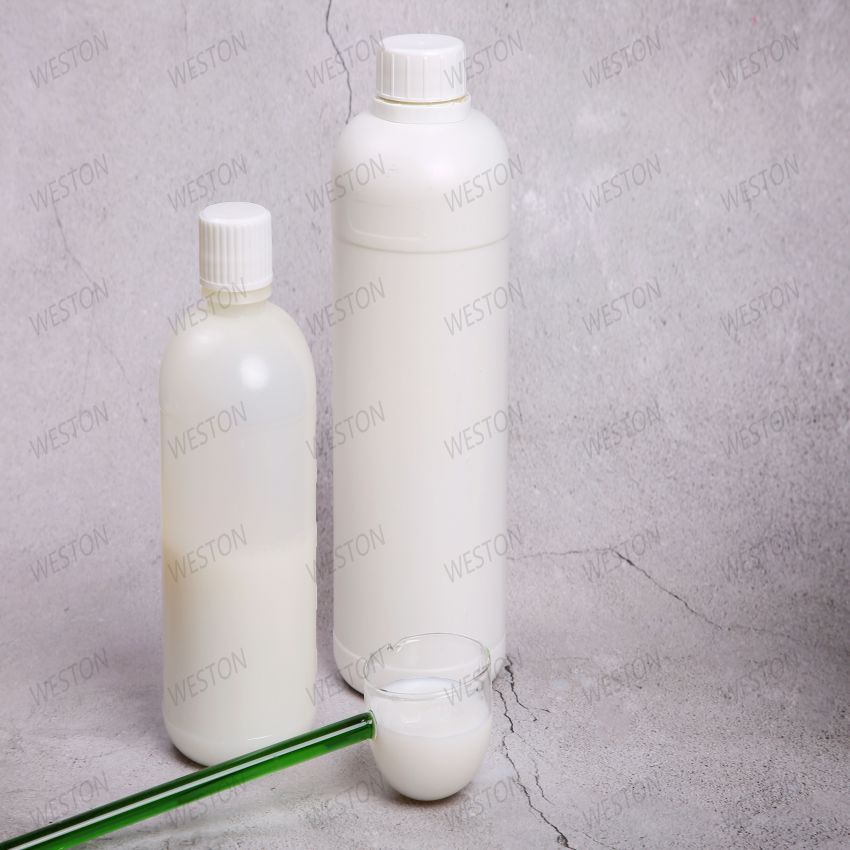-
Categories
-
Pharmaceutical Intermediates
-
Active Pharmaceutical Ingredients
-
Food Additives
- Industrial Coatings
- Agrochemicals
- Dyes and Pigments
- Surfactant
- Flavors and Fragrances
- Chemical Reagents
- Catalyst and Auxiliary
- Natural Products
- Inorganic Chemistry
-
Organic Chemistry
-
Biochemical Engineering
- Analytical Chemistry
- Cosmetic Ingredient
-
Pharmaceutical Intermediates
Promotion
ECHEMI Mall
Wholesale
Weekly Price
Exhibition
News
-
Trade Service
Determination of iron in food
Iron is an indispensable trace element for the human body
.
Among the dozens of trace elements necessary for the human body, iron ranks first in terms of importance and quantity, and is known as the "iron boss" among trace elements
The determination of iron in food is not only of nutritional significance, but also provides a basis for food quality optimization
.
On the one hand, food needs to contain a considerable amount of iron, on the other hand, the presence of excessive iron can cause oxidation of certain components in the food and decomposition of vitamins, which will seriously affect the quality of the food
1.
Principle
After the sample is digested by the wet method, it is introduced into an atomic absorption spectrophotometer.
After flame atomization, the iron absorbs a resonance line of 248.
3mm, and its absorption is proportional to its content, which is quantitative compared with the standard series
.
Calculate as follows:
Where x——the content of iron in the sample, mg/100g
p——Determination of the concentration of iron in the sample solution (detected from the standard curve), ug/mL
p 0 ——the concentration of iron element in the reagent blank solution (detected from the standard curve), ug/mL
m——the mass of the sample, g
V——Total volume of sample treatment liquid, mL
f-dilution factor
The calculation result is expressed to two decimal places
.
The absolute difference between two independent determination results obtained under repeatability conditions shall not exceed 10% of the arithmetic mean
.
2.
Tips
This method is suitable for the determination of iron, magnesium and manganese in various foods.
The detection limit of the method is 0.
2ug/mL for iron
.
Determination of cadmium in food
There are four national standard methods for the determination of cadmium in food: graphite furnace atomic absorption spectrometry, flame atomic absorption spectrometry, colorimetry and atomic fluorescence
.
The following describes the graphite furnace atomic absorption spectrometry (according to the first method of GB/T5009.
1.
Principle
After the sample is ashed or acid digested, the sample solution is injected into the graphite furnace of the atomic absorption spectrophotometer.
After electrothermal atomization, the cadmium atom absorbs the 228.
8nm resonance line.
The absorbance is proportional to the pot content within a certain concentration range, which is compared with the standard series.
Quantitative
.
2.
Reagents
(1) Nitric acid
.
(2) Sulfuric acid
.
(3) Perchloric acid
.
(4) Hydrogen peroxide (30%)
.
(5) Mixed acid: 4 parts of nitric acid and 1 part of perchloric acid
.
(6) Nitric acid (1+1): Take 50 mL of nitric acid and add 50 mL of water
.
(7) Hydrochloric acid (1+1): Take 50 mL of hydrochloric acid and slowly add 50 mL of water
.
(8) Nitric acid (0.
5mol/L): Add 3.
2mL nitric acid into 50mL water and dilute with water to 100mL
.
(9) Ammonium phosphate solution (20g/L): Weigh 2.
0g of ammonium phosphate to dissolve in water and dilute to 100mL
.
(10) Cadmium standard stock solution: accurately weigh 1.
000g of metallic cadmium (99.
99%), add 20mL hydrochloric acid (1+1) to dissolve in portions, add 2 drops of nitric acid, transfer to a 1000mL volumetric flask, add water to the mark, mix well, Store in a polyethylene bottle
.
This solution contains 1.
(11) Cadmium standard solution: Pipette 10.
0mL cadmium standard stock solution into a 100mL volumetric flask each time, dilute to the mark with 0.
5mol/L nitric acid, and mix
.
Dilute so many times into a standard solution containing 100.
3.
All glass instruments were soaked in nitric acid (1+5) overnight, rinsed repeatedly with water, and finally rinsed with deionized water
(1) Atomic absorption spectrophotometer (with graphite furnace and cadmium hollow cathode lamp)
(2) Muffle furnace
.
(3) Constant temperature drying oven
.
(4) Porcelain crucible
.
(5) Pressure digestion device, pressure digestion tank or pressure melting bomb
.
(6) Adjustable electric furnace or microwave digestion device
.
Related Links: Determination of Copper in Food







